If you’ve ever been to a writing conference and talked to an editor from any of the publishing houses, you’ve probably heard them say that they want ‘the same yet different.’
At first, this whole idea of ‘same but different’ sounded like an oxymoron. How in the world would I ever going to get published it I didn’t have a clear understanding of what it was editors wanted. So being the researcher I am, I began my own investigation.
The same
Easy enough. Just needed to look at my bookcase. The time period varied--Civil War, American West, World War II, Regency England. Plot, not so much--boy meets girl, boy and girl face conflict, boy and girl live happily ever after. These become the same factor--the ‘comfort zone’ that readers (and writers) have some entanglable connection to or knowledge of. It has a feel of familiarity to it.
 To confirm my hypothesis, I didn’t have to look any further than one of my favorite TV shows, The Big Bang Theory. If you haven't ever seen this show, it's about four uber intelligent guys trying to find their place in a world that doesn’t quite understand them. Besides being hilarious, it hits on one of the most basic human needs, to feel wanted and be accepted, something 99.9 percent of us on planet Earth have felt at one time or another. Definitely a common thread through humanity.
To confirm my hypothesis, I didn’t have to look any further than one of my favorite TV shows, The Big Bang Theory. If you haven't ever seen this show, it's about four uber intelligent guys trying to find their place in a world that doesn’t quite understand them. Besides being hilarious, it hits on one of the most basic human needs, to feel wanted and be accepted, something 99.9 percent of us on planet Earth have felt at one time or another. Definitely a common thread through humanity.
But Different?
This is the component that makes you’re story POP off the page, the little twist in the usual. So what kind of twist are we talking about?
Let’s go back to Big Bang. We’ve got our four uber smart guys trying to find their way in the world. So what did the series creator do? He threw a beautiful(and not too terribly smart) woman in the mix as their next-door neighbor which is great but not terribly original. Until she acts completely OPPOSITE of what we expect--she befriends these guys, even falls for one of them which is so not what we the viewers expected. Even better, we realize that even those people we least expect have insecurities about themselves.
How does that translate to your writing?
When I first started writing historical romance, I wasn’t sure how I was going to infuse the whole ‘same but different’ idea into my work.
Then my daughters ‘helped’ me. Well, what they wanted were books on World War II--they had a thing for the movie 'Pearl Harbor.' And being a mother of two girls, I wanted them to know about women who made a contribution to the war effort. There was only a couple of books on this subject and they were about nurses or reporters, but as I browsed through one, I came across a blurb about the women pilots who ferried planes, taught men how to fly in combat and served as target practice. The whole idea of ‘same but different’ snapped into place.
Same(everyone’s heard of World War II) but different(no one I talked to had ever heard of women pilots!)
And Hearts in Flight was born!
How do you know if your story has the 'same, but different' factor? Go through your story. Make notes of how you can give a different twist on an old tale, then flesh out those ideas into new scenes to give your story that POP it needs to catch the attention of that editor you're looking to impress.




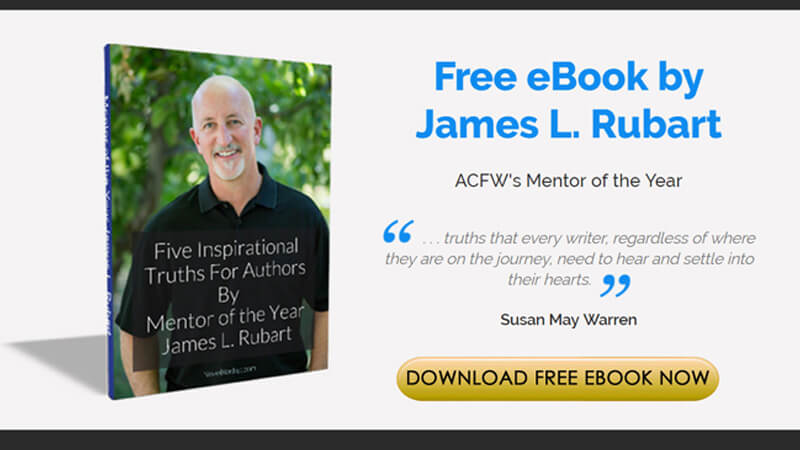

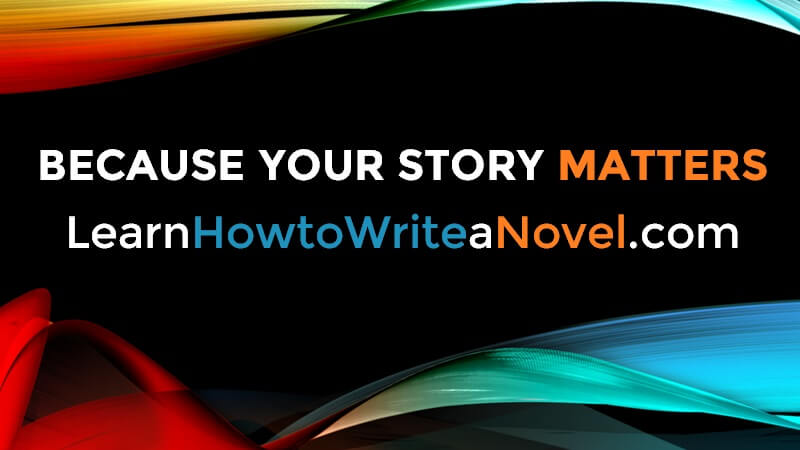
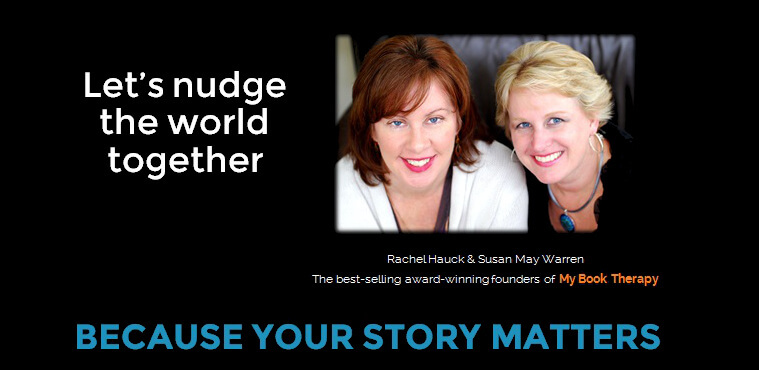





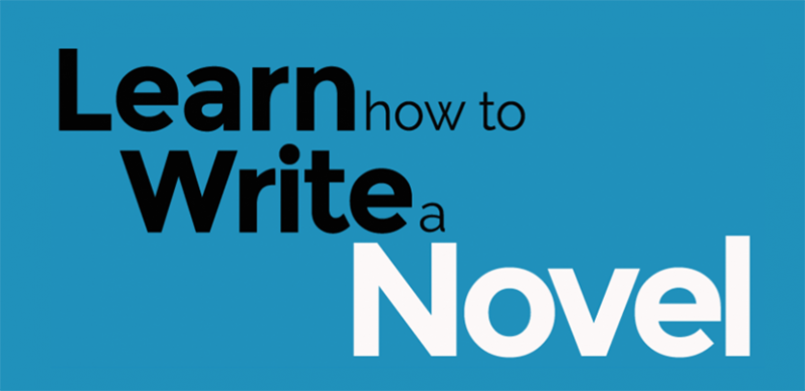

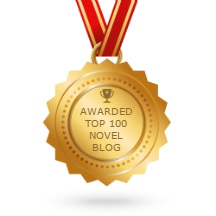
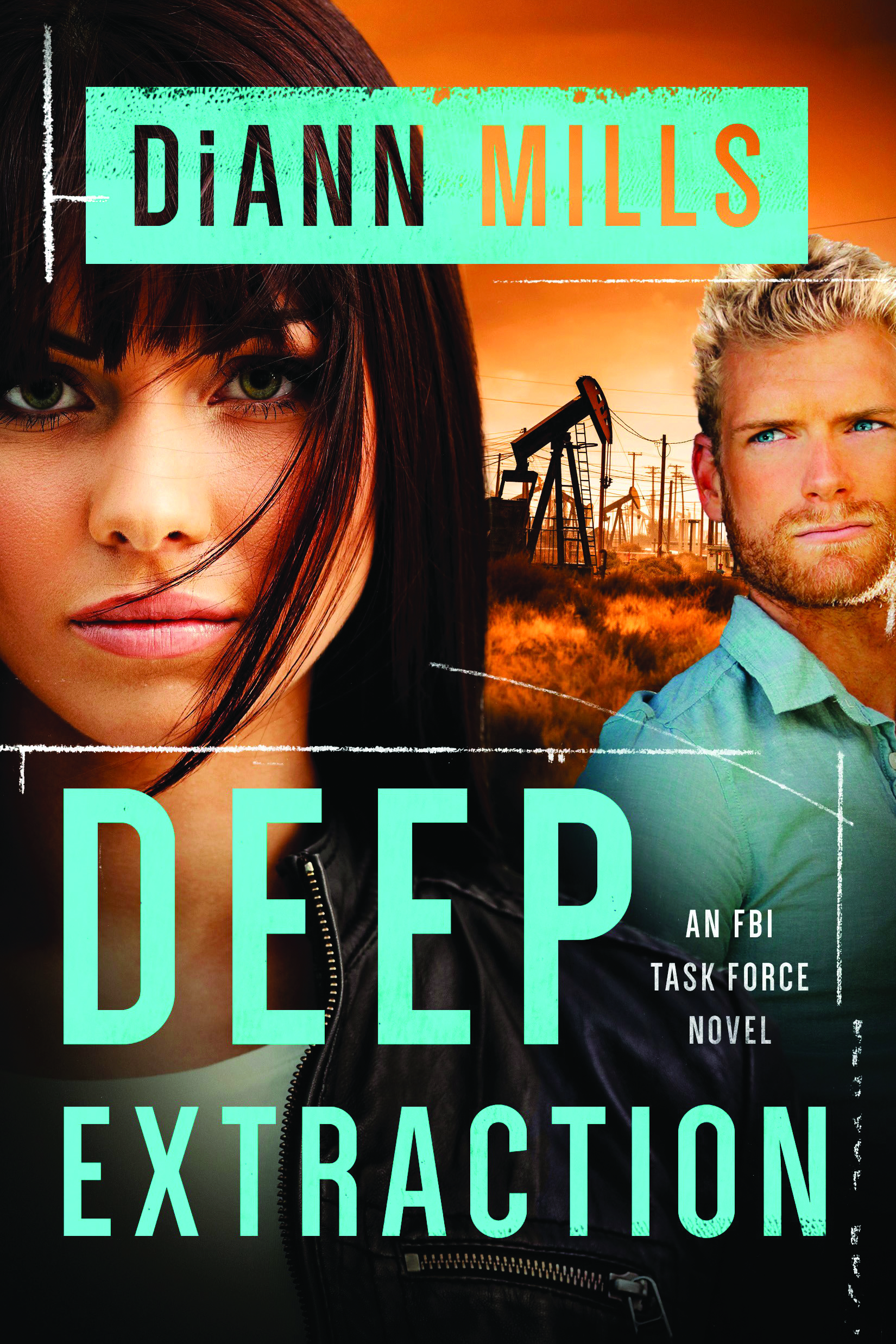
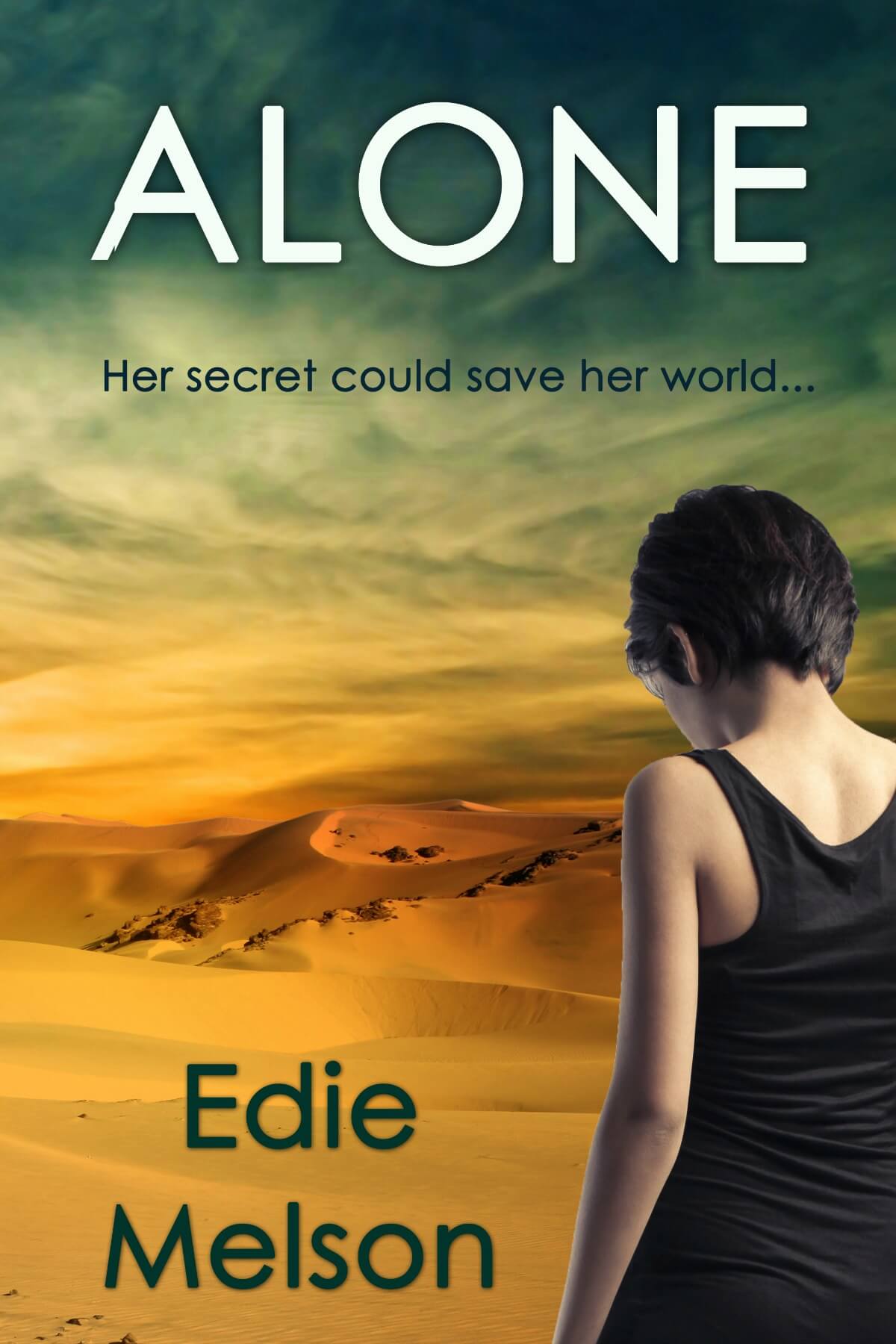







Nice post,and very helpful advice.
ReplyDeleteThanks, Patty. Excellent evaluation of a common - confusing - phrase editors use. On a personal note, thanks for Hearts in Flight. One of my personal heroines is Cornelia Fort, who survived Pearl Harbor only to be the first female pilot to die on active duty, and for whom an airport here in Nashville is named. A poster honoring her hangs in my office.
ReplyDeleteSame but different is exactly what I want as a reader, but it can be hard to find.
ReplyDeleteIncidentally, Jack Cavanaugh did a novel about women flying planes in WWII back in the 1990's (The Allies), so 'same but different' doesn't actually have to be totally unique. It can just be a new spin on an idea that hasn't been seen in a while. Women pilots is good.
What would be better would be if Love Inspired made their Kindle versions available in Asia/Pacific so I could actually buy them...
Wow, Iola, I thought I had looked up every book on the girl pilots of WWII but I never heard of that Jack Cavanaugh book. I'll have to see if I can find it.
DeleteAnd Ramona, one of the most interesting people I interviewed for Flights was a bomber pilot who was trained by the WASPs. Some of the stories he told me about his time in flight school with these women were absolutely fantastic!
The story Iola mentions (Thanks, Iola!) is actually The Victors, Book 7 in the American Family Portrait series. While part of a series, I designed each book so that it could be read as a stand-alone. You don't have to read all six books preceding it to know what's going on (but I wouldn't object if you did!) One of the major story lines in The Victors is indeed the saga of a female pilot during WWII. Loved doing the research on these bold and fascinating women who played such a vital part in the war effort. The print series is currently out of print (soon to be re-issued), but the entire series is available in ebook formats - Kindle, Nook, Kobo, Sony, Apple, etc. You can read more about them at www.jackcavanaugh.com Thanks for the mention!
DeleteGood article, Patty. There's nothing new under the sun but there are twists and in them lay some originality we're all looking for.
ReplyDeleteI love your explanation, Patty. And it gives me an answer for that voice in my head that says there are already too many novels out there, so why try? Thanks.
ReplyDeleteAnother way to put it would be to say "new variations on a theme" After all, most of the truly original ideas have already been taken and worked to death, haven't they?
ReplyDelete